Fifty-two percent of Spanish people with hearing loss do not use hearing aids for fear of social rejection. The fact is that stigma around using hearing aids continues to be the main barrier in Spain today to people with hearing loss not wanting to adapt.
These are some of the most significant data obtained in the “first EuroTrak study” carried out in Spain among more than 1,300 men and women between the ages of 14 and 74 with hearing loss, according to an announcement from the National Association of Hearing Aid Professionals (ANA). The study was promoted by the ANA and the European Hearing Instrument Manufacturers Association (EHIMA), in collaboration with the main manufacturers in the sector such as Demant, Resound GN, Sivantos, Sonova, Starkey, and Widex.
The ANA has organized a series of free webinars for all professionals under the title of EuroTrak Digital Forum, focusing on the presentation of the results obtained in EuroTrak and followed by analysis by a panel of experts in each area.
Related article: Eurotrak 2018 Research Data Released at BIHIMA Conference
The first two webinars, held on June 16-17, were devoted to the presentation of the key data from the study and included the participation of Mark Laureyns, President of the European Association of Hearing Aid Professionals; Stefan Zimmer, Secretary General of the European Hearing Instrument Manufacturers Association; Christian Egger, a member of ANOVUM; Raúl García-Medina, Vice-President of the British Society of Hearing Aid Audiologists, and Jordi Serra, President of the Spanish Association of Hearing Aid Professionals.
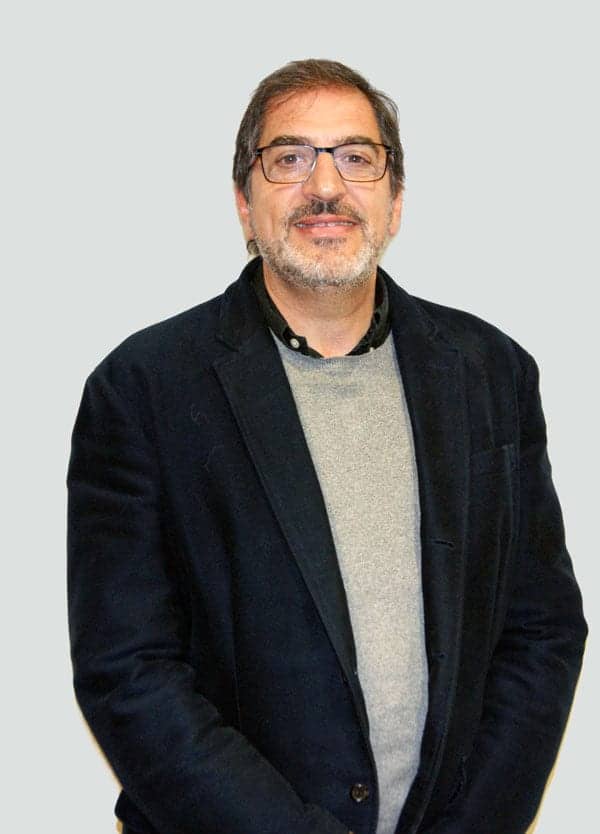
Prevalence of Hearing Loss and Hearing Aid Market Penetration
In Spain, 11.3% of the population suffers from hearing loss and only 36.5% of those who recognize it use hearing aids. This means that two-thirds of the population with hearing loss are not fitted with hearing aids, placing the Spanish in the lower half of the table in Europe. The highest fitting rates are concentrated in Scandinavian countries, where there are subsidies for hearing aids.
Although there are many other factors involved, “Spain is the only country in EuroTrak so far where stigma plays such an important role,” Egger concluded, in light of these results, where “embarrassment” becomes the key reason for not using hearing aids and not, as believed, the cost of hearing aids which ranks third.
Other reasons why people with hearing loss do not use hearing aids are that their hearing loss is not severe enough (43%), that their hearing aids are uncomfortable (44%), or that they are not able to restore normal hearing (41%).
Related article: EuroTrak + JapanTrak 2012: Societal and Personal Benefits of Hearing Rehabilitation with Hearing Aids
The data on reluctance to the use, due to embarrassment or fear of social rejection, contrasts with other research in the study among hearing aid users, with 63% stating that they have not felt any rejection or ridicule for using these devices in their daily lives. In fact, according to the study data, it is more likely that there is greater social rejection of a hearing-impaired person who does not use hearing aids.
Satisfaction and Use of Hearing Aids
Seventy-eight percent of respondents who are hearing aid users are very satisfied with their devices. This is in line with the European average and comparable to other countries such as Switzerland, Belgium, Italy, and France. Among the main reasons cited are that they feel they have improved their social life (77%), feel more secure (75%), have better well-being and mental health (58%) and are more productive at work (32%). In addition, 87% recognize that they feel much safer moving around the city because they can hear traffic signals or approaching vehicles.
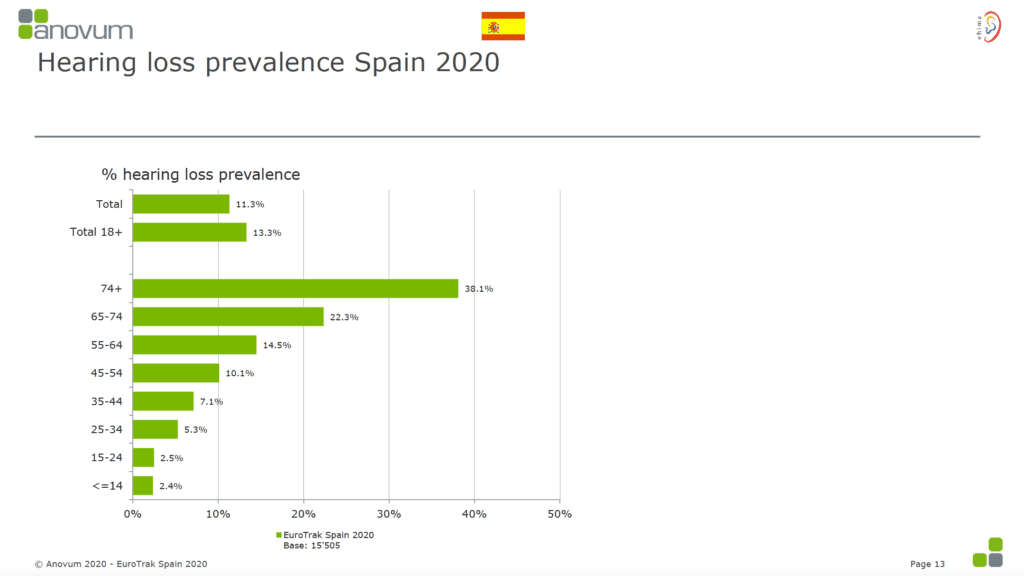
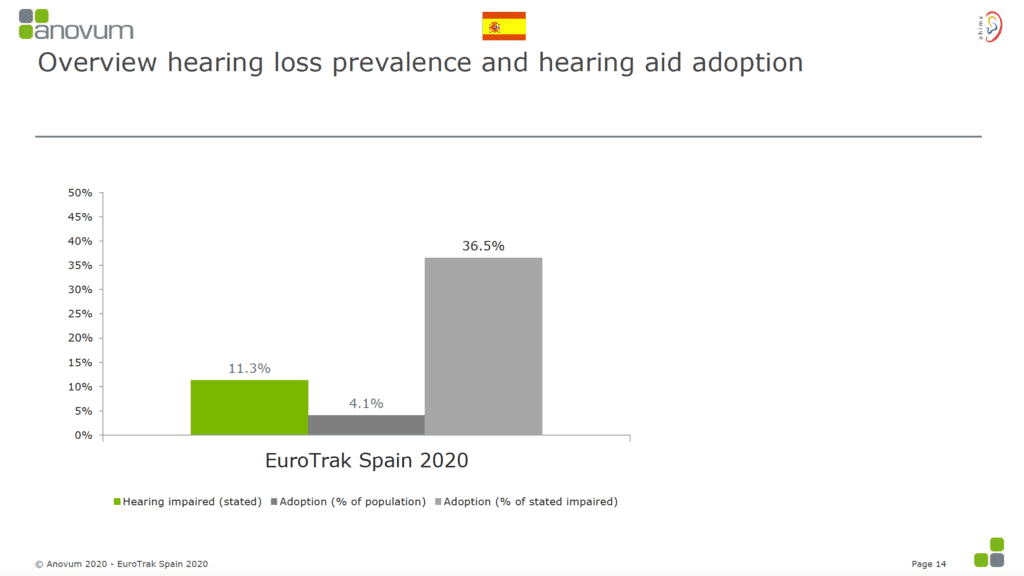
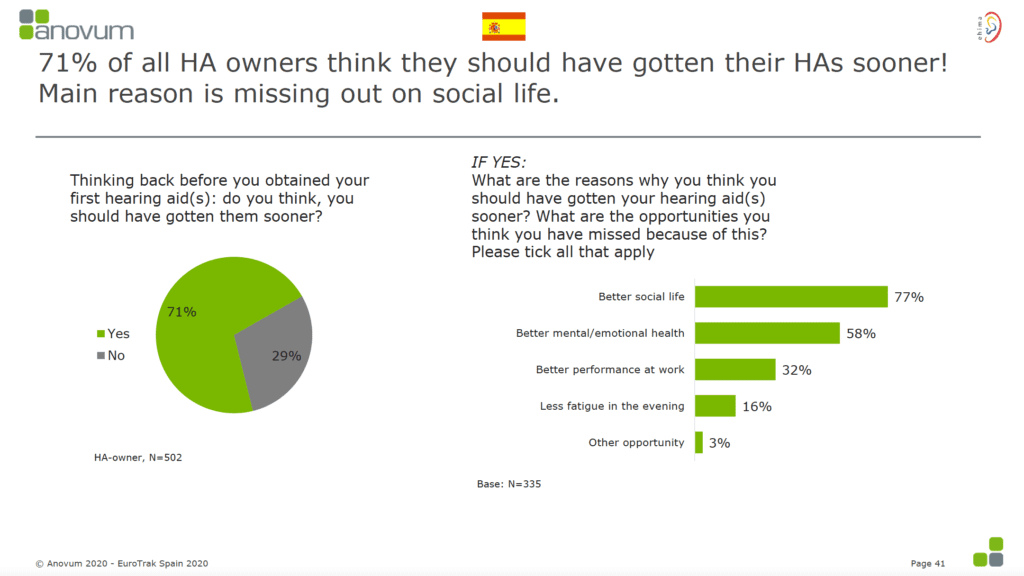
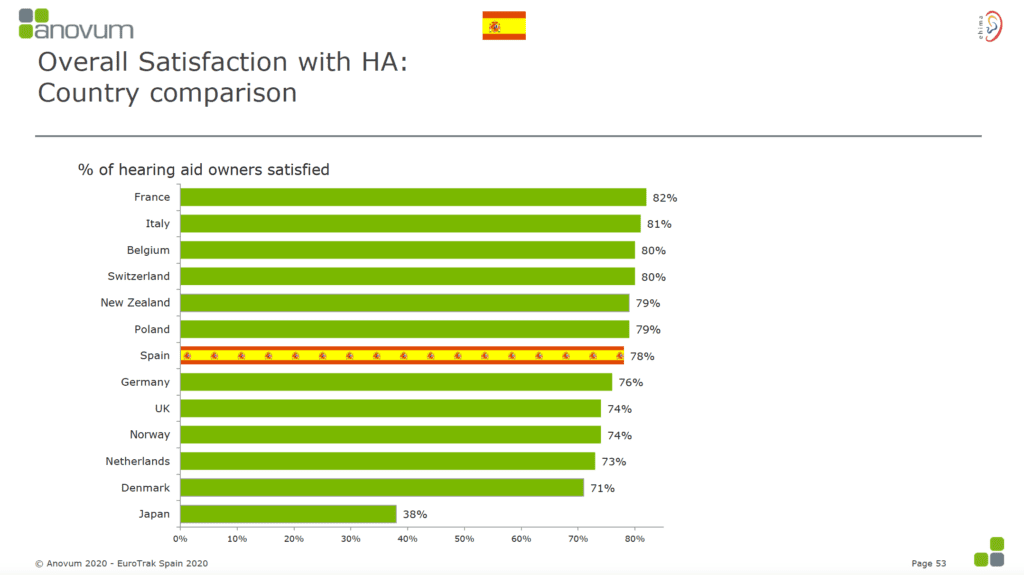
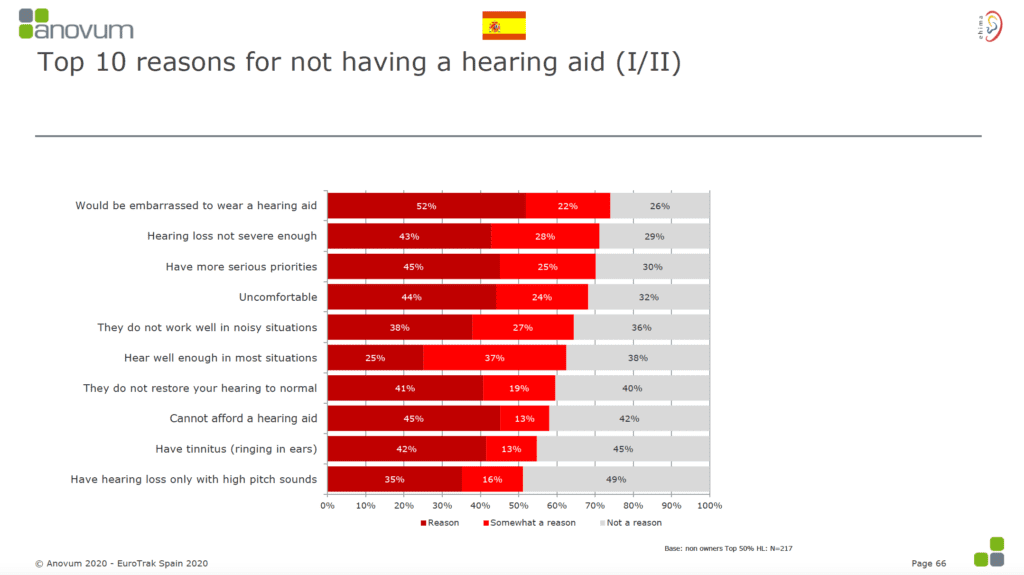
Satisfaction contrasts, however, with the rate of replacement of the devices and their age. According to EuroTrak data in Spain, for users have already changed them at some point, the average replacement period is six years—in Europe it is three—and 42% of them wait for seven or more years. Therefore, there are significant technological leaps that are lost for these users. Another relevant fact is that only 15% of those who suffer from mild loss of hearing are fitted with hearing aids, while in severe and profound loss, the percentage rises to 67%.
Another striking fact, according to García-Medina’s presentation, is that in countries where hearing aids are subsidized, the degree of satisfaction is not as good, which leads to the question of whether in countries where users pay directly for their hearing rehabilitation they value their hearing aids more. Serra pointed out that this could possibly be due to the fact that subsidized devices are specific models, not high-end ones. In turn, García-Medina, on the basis of his experience with free coverage in the UK health service, confirmed that these are usually about five years older than the latest generation and said that, ”If the public system were to subsidize the more modern ones, there would surely be no private market for them.”
Related article: EuroTrak, by Søren Hougaard & Stefan Ruf (October 2011)
In terms of time spent using hearing aids, the average is 8.8 hours per day in the middle of the country table. Laureyns has also dispelled the “myth” of the devices that end up in the drawer, as only 6% of hearing aid users in Spain do not use them, a lower percentage than the European average and not a worrying figure when compared to, for example, patients suffering from hypertension, diabetes, or other health problems who do not take their medication.
Some Effects on Health
People with auditory impairment who do not use hearing aids have a medium to high probability (72%) of suffering from illnesses such as anxiety, depression, or exhaustion. According to the study, 47% of people with hearing impairment who do not use hearing aids recognize that they reach the end of the day in a state of mental tiredness. Regarding the quality of their sleep, 58% of hearing aid users admit that they sleep well, 14% more than those who do not use a hearing aid (44%).
Source: ANA
Images: ANA





